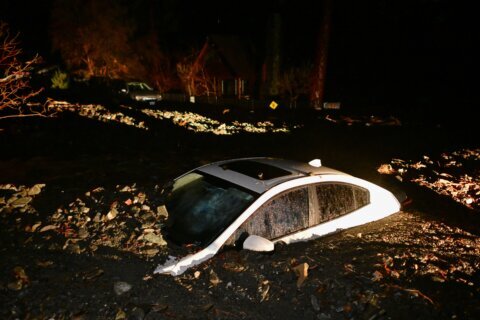WASHINGTON — A new report out from the Governors Highway Safety Association finds that driving while on drugs, even marijuana, poses a significant safety risk on our roadways, on par with drunken driving.
Researchers found that the percentage of drivers killed who tested positive for drugs is almost the same as those who tested positive for any alcohol — 40 percent. More than 5,000 drivers killed each year have drugs in their system at the time of the crash.
“The proportion with drugs in their system has increased over the past several years and now the level is about the same with alcohol in their systems,” says Dr. Jim Hedlund, author of the report.
The report puts a special emphasis on marijuana use and its impact on driving because lawmakers across the country are debating whether to legalize the drug.
“The evidence is very clear that marijuana affects decision times, reaction times and so forth. If you are using marijuana, you are at an increased risk of being in a crash,” says Hedlund.
He is particularly concerned that lawmakers are not considering the impact of marijuana on deadly crashes when talking about legalizing the drug. Hedlund also says the laws on the books for drug-impaired driving need to be clearer and more in line with drunken driving laws.
“Every state must take steps to reduce drug-impaired driving, regardless of the legal status of marijuana,” says Jonathan Adkins, executive director of GHSA.
“This is the first report to provide states and other stakeholders with the information that they need. And we encourage [the National Highway Traffic Safety Administration] to issue guidance on best practices to prevent marijuana-impaired driving. We look to the federal government to take a leadership role in this issue similar to that of drunk driving and seat belt use,” he adds.
The report calls on states to take several measures to address the issue head-on. It urges states to assess the data in their region, examine and update drug-impaired driving laws, test all drivers who are killed in a crash for drugs and separate statistics between drunken driving from driving while on drugs.







